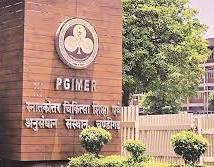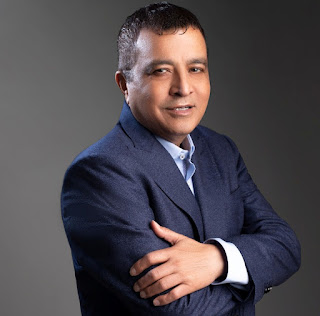Punjab's 'hypertension incidence' much higher than national average
Amritpal Singh,
a 40-year-old policeman has been serving for the last 20 years & has
worked day & night to ensure safety of all, ignoring his own, particularly
during the pandemic. Being from a Punjabi family, oily and fried food formed
the major portion of his routine diet. To make matters worse, the stress of his
job made him fall prey to hypertension at a young age. One night he felt
palpitations and a stabbing pain in the center of his chest , intense heat
pounded over his body, with his head spinning and the pain spreading to the
left arm. It was a major heart attack, and Singh was taken to hospital.
There are many like
Amritpal in the age bracket of 40-50 years in Punjab & all across
"Trans-fats have
been proven as one of the major risk factors for cardiovascular diseases
worldwide. The guidelines by WHO for assessment and management of
cardiovascular risk state that the risk of developing a disease is higher in
people on antihypertensive and diabetes therapy, and those with obesity and are
physically inactive. Similar is the case with people having a family history of
premature CHD(Chronic Heart Disease) or stroke, & a raised
triglyceride level. Modifiable risk factors include unhealthy diets -excessive
salt consumption, a diet high in saturated fat and trans fats, low intake of
fruits and vegetables." Said Dr Sonu Goel, Principal
Investigator, Strengthening Management of Hypertension Services Project
(SMHSP) & Professor , Department of Community Medicine and
Non-communicable
diseases (NCDs) are the leading cause of disease burden and deaths globally. In
recent years the rising burden of cardiovascular diseases and high disease
severity has been one of the significant threats in low-income and
middle-income countries compared with high-income countries. Every year it
accounts for 17.7 million deaths, which amounts to 31% of all global deaths.
Four out of five cardiovascular diseases (CVD) deaths are due to heart attacks,
and strokes and more than 75% of these deaths are concentrated in low- and middle-income
countries. Cardiovascular diseases (heart diseases), considered a common
problem among old age people, are now steadily rising among the young age - in
those below 50 years.
It has been published that there is an
increase in the rate of Coronary artery diseases (CAD) in
"People who are young & have a myth that heart attacks result only in old age should wake up and adopt a healthy lifestyle at the earliest. One should give at least 1 hour to himself and make sure not to ignore the body signals." Summed up Dr. Sonu Goel.



Comments
Post a Comment